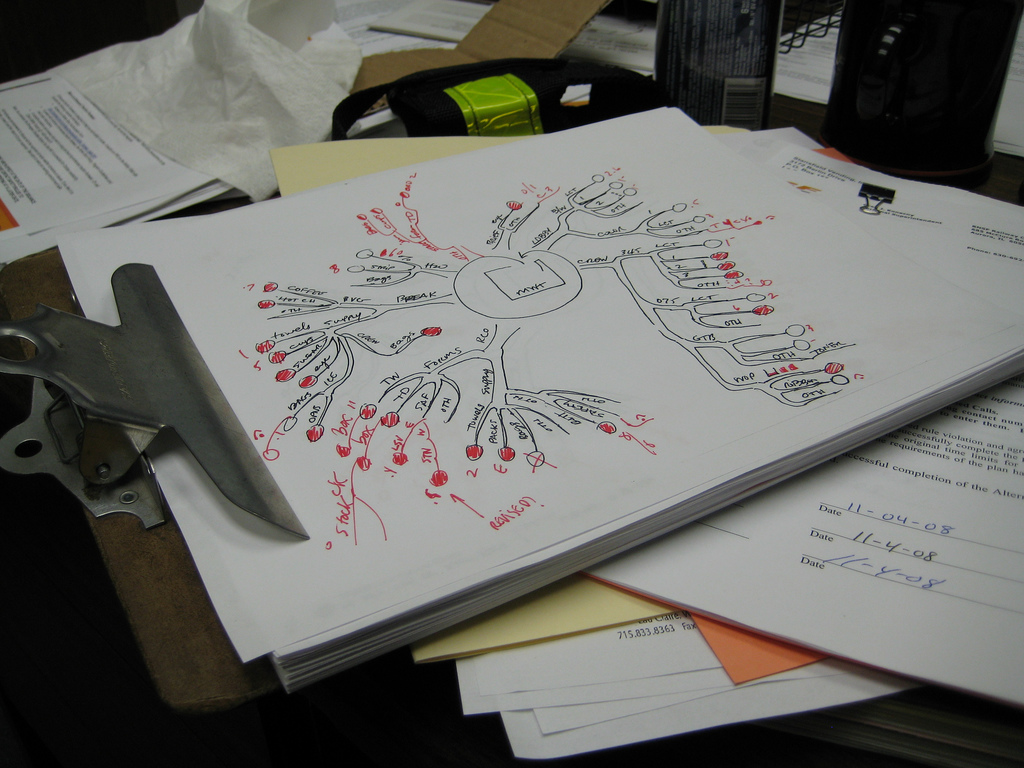Our students are inundated with information in school, especially as iPads make their way into student hands. Intentional lesson design can help students focus on learning and open up opportunities for feedback between the teacher and student in the moment.
Feedback in the Moment
Quick feedback on learning (formative assessment) is the flow of information between students and teachers. This information should help the student assess their own learning and inform the teacher’s future instruction. This is important for two reasons:
- If a student can assess their own position, they can more effectively plan for next stems (metacognition).
- The teacher ensures that any subsequent instruction is used to close gaps and build connections to novel ideas.
Formative assessment is outlined in detail by Grant Wiggins and Jay McTigh in their Understanding by Design framework and Wiggins gives even more detail about feedback in instruction in this 2006 article. Knowing where you’re going in the instruction (backwards design) helps you assess students effectively, which supports their learning.
Controlling Interacting Elements
Our brains use a variety of tools to learn new material. The dance between sensory memory, working memory, and long-term memory is complex and even a cursory understanding of their interaction can help you plan more effective lessons.

By Erich Parker CC BY-SA 4.0, from Wikimedia Commons
..an element is anything that needs to be learned or processed and the interactivity relates to how reliant one element is on other elements for comprehension.
Notice, it’s the reliance of elements on one another that determines interactivity. In his post, Blake Harvard makes the distinction between knowing which cells in your eye perceive color (cones) and how that information is translated to your brain (go read the post if you’re curious).
In Practice
An idea we bring to teachers is, “If you can’t see it happening, it isn’t happening.” In other words, when your students are working on an activity or lesson, you need to specifically look for students making connections between ideas. If a lesson has high element interactivity (significant reliance of one element on another), you need to lean heavily on the feedback process to help students manage their learning. Helping student see the connections through feedback will help them move out of working memory (active processing) and encode those ideas into their long-term memory.
Also, notice the Rehearsal arrow. Recalling information helps codify their understanding. This is known as “spiraling” within content and it reinforces the truth that no two ideas are truly independent. Finding and understanding relationships will help the student build holistic understanding that can be applied to novel situations, which should be one of our higher goals in teaching.
Think through your own lesson design: do you have multiple opportunities for feedback before a summative task? Are there places where you could reduce (or increase) element interactivity to help your students form connections? Our challenge is that you look ahead and adjust one lesson, taking these ideas into account. If you’d like help with that, be sure to get in touch with the Instructional Technology team.
The featured image is MWT… flickr photo by feck_aRt_post shared under a Creative Commons (BY-NC-ND) license




1 Response
[…] also need to focus on feedback as a driver of instruction. Move away from one-and-done assignments in your […]